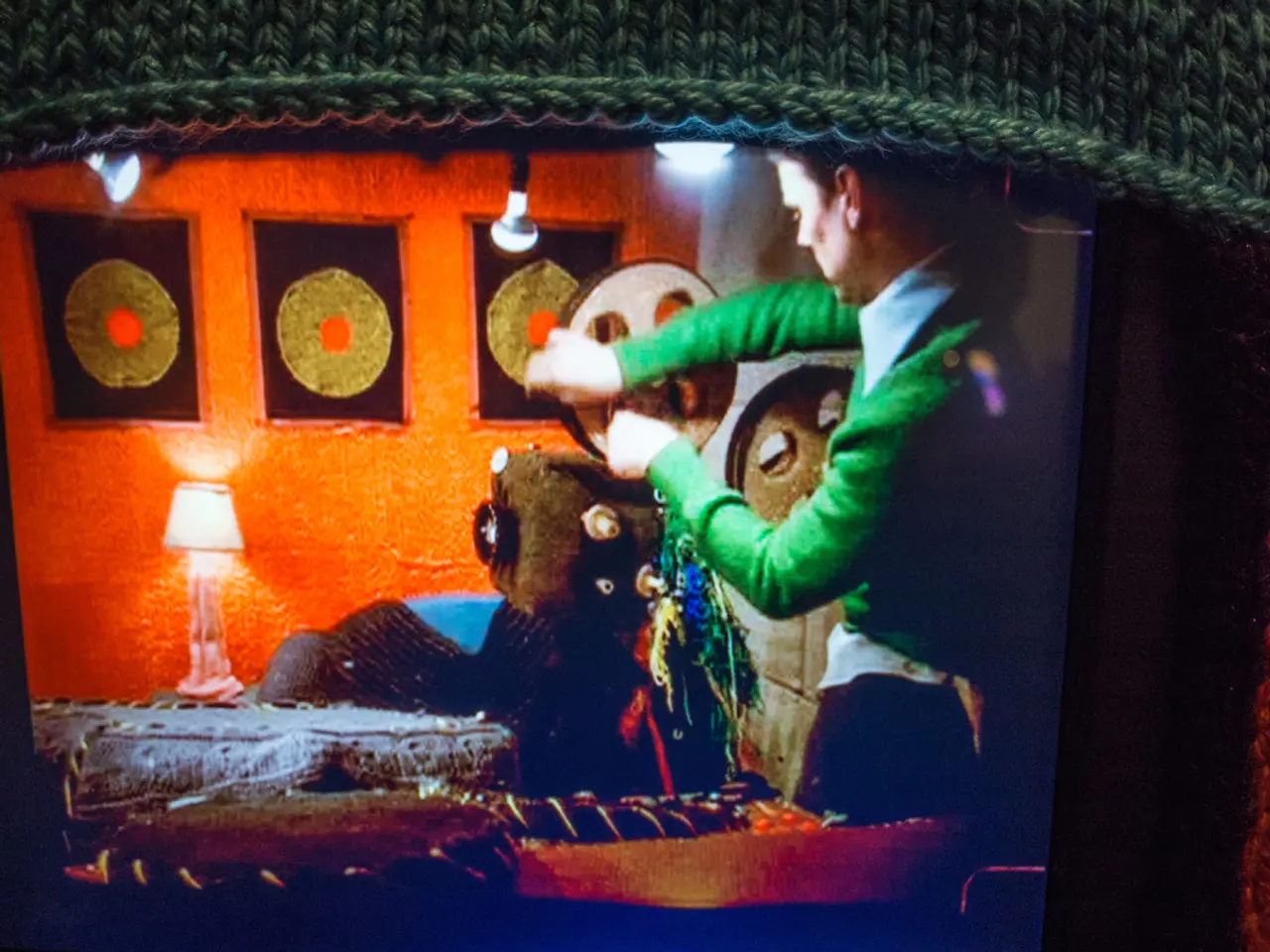Demonstration, Part Three: Determining Significance of Television Characters
In the upcoming issue of ViewFinder, we delve into the fascinating relationship between AI and audiovisual media, exploring how computer vision is transforming the way we analyse and understand on-screen representation.
This groundbreaking technology, capable of automatically analysing vast amounts of visual media, can identify and quantify the presence and characteristics of people and objects. It achieves this through techniques such as image classification, object detection, semantic segmentation, and pattern recognition, parsing scenes, recognising faces, inferring attributes, and measuring screen time or interaction in video and image content.
For diversity leads, content producers, editors, commissioners, and researchers, the potential applications are vast. They range from diversity analytics and reporting, content auditing and compliance, content creation and improvement, research and longitudinal studies, commissioning and acquisition decisions, to real-time monitoring.
For instance, editors and commissioners can use computer vision to analyse character prominence before a show airs, allowing concerns around representation to be addressed upstream. This was demonstrated in a study using an episode of the TV show Mock the Week (BBC2) and the American sitcom Black-ish Season 1 (ABC). In both cases, faces were indicated with a rectangular 'bounding box' and the sequence of detected faces were called 'face tracks'.
Prominence is defined as time spent on screen (as a clear and big enough face), with longer duration indicating higher relative prominence. This method can help identify underrepresented groups or stereotypical portrayals within footage, informing more inclusive and balanced storytelling.
However, it's important to note that there are limitations around measuring prominence according to a computer model. Faces that are partially out of view or faces as viewed from the side sometimes are not identified.
The study was made possible thanks to the Learning on Screen's BoB archive, which provided the broadcast content. Raphael Leung, Data Science Fellow at Nesta, and Bartolomeo Meletti, Creative Director for CREATe at the University of Glasgow, led the research.
As the media industry increasingly formalises its approach to diversity, with bodies such as BAFTA establishing diversity steering groups, computer vision offers a powerful tool for enhancing diversity efforts with objective, scalable evidence.
References:
- Leung, R., & Meletti, B. (2021). Measuring on-screen representation with computer vision. [Blog post]. Retrieved from https://www.nesta.org.uk/blog/measuring-on-screen-representation-with-computer-vision/
- BFI's Research and Statistics department (2021). Scoping study on the economic consequences and potential market failures of overseas mergers and acquisitions in the UK video games industry. [Report]. Retrieved from https://www.bfi.org.uk/sites/bfi.org.uk/files/downloads/research-and-statistics/scoping-study-overseas-mergers-and-acquisitions-in-the-uk-video-games-industry.pdf
- Creative Skills Council (2021). Survey of employers regarding the migrant and skills needs of creative businesses in the UK. [Report]. Retrieved from https://www.creativeskillset.org/sites/creativeskillset.org/files/documents/research-reports/creative-industries-employer-survey-2021.pdf
- Various authors (2021). 12 facts about the UK's international trade in creative goods and services. [Report]. Retrieved from https://www.creativeindustries.co.uk/resources/12-facts-about-the-uks-international-trade-in-creative-goods-and-services
- Various authors (2021). The impact of the UK's departure from the EU on accessing foreign talent in the Creative Industries. [Report]. Retrieved from https://www.creativeindustries.co.uk/resources/the-impact-of-the-uks-departure-from-the-eu-on-accessing-foreign-talent-in-the-creative-industries
- In the upcoming issue of ViewFinder, we delve into the relationship between AI and audiovisual media, analyzing how data-and-cloud-computing technologies and artificial intelligence are transforming the way we creatively understand and research on-screen representation.
- The potential applications of this technology for diversity leads, content producers, editors, commissioners, and researchers in various industries are vast, encompassing diversity analytics and reporting, content auditing and compliance, content creation and improvement, research and longitudinal studies, commissioning and acquisition decisions, and real-time monitoring.
- For example, editors and commissioners can use this technology for research, automatically analyzing character prominence in video content before a show airs, helping to address representation concerns upstream by identifying underrepresented groups or stereotypical portrayals.
- However, it's crucial to address the limitations of measuring prominence according to a computer model, as faces that are partially out of view or faces as viewed from the side sometimes may not be identified.
- Recent studies, such as the one led by Raphael Leung and Bartolomeo Meletti, have demonstrated the potential of this technology in enhancing diversity efforts with evidence from objective, scalable data analysis.
- As the media industry incorporates technology more thoroughly, talent development in skills like data analysis and technology became of paramount importance for driving innovation and sustaining growth in the creative industries.




